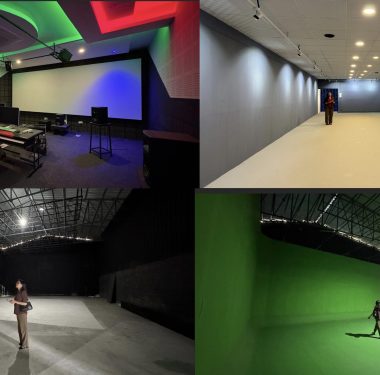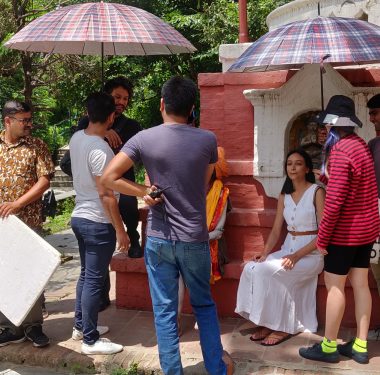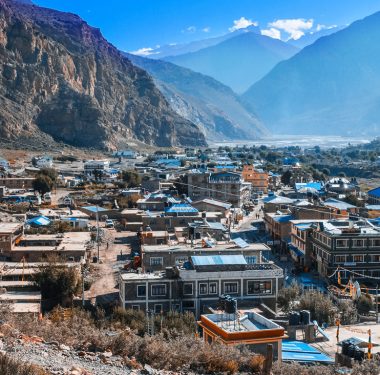Traveling to Nepal can be a rewarding experience if you know the right things to do. Nepal is a travelers paradise, combining golden temples, majestic mountain views, luscious green forests, charming lakes, and rich wildlife.But with the striking beauty of Nepal comes hassles of poor infrastructure, unpredictable whether, unhygienic situations and the food that you may or may not eat in Nepal. With all that’s there to confuse and frustrate you how does one enjoy their stay? Perhaps by following the list below.
Travelling With Children? Come prepared.
Children are most susceptible to changes in food and weather. Plus there childlike innocence can have them wondering with glee pretty much anywhere. Therefore, as a guardian it is on you to make protect them.
Be friendly but cautious
Children always help break the ice with strangers and Nepalese are generally friendly. While you may get some odd stares for how you look most Nepalese are respectful and cautious around kids, that being said, do keep a watchful eye cause like any other place, you may find a few people who are not that great.
Eat vigilantly
Moreover, you have to take extra precautions in the light of Nepal’s poor sanitation, street dogs, large crowds, heavy traffic, pollution, bright sun, rooftops, and steep slopes.It may be hard to keep hands clean and you’ll have to keep a firm grip on small children while out and about. If your child comes down with diarrhea, keep them hydrated and topped up on salts – have oral rehydration formula at hand.
Be prepared with the basics
Naturally, you’ll want to travel in greater comfort with children than
you might on your own. In tourist areas, it should be no problem finding food that kids will love to eat. Although, in other places, it might be more challenging. Baby food and disposable nappies/diapers are available in Kathmandu and Pokhara but are hard to come by elsewhere, especially in rural areas. So, come prepared!
Contact Local Experts
As for trekking with the little ones there are plenty of tourist companies that cater especially to families, contacting them will give you assurance and qualified information that could help you be safe while trekking but also have great deal of fun.
Know The Climate
Nepal’s is blessed with all four seasons, which means just decided to visit without prior knowledge of which season it would not be fun. Climate varies significantly through the year, with seasons showing themselves up very differently at different altitudes. The pre-monsoon period, generally very hot and humid at lower elevations, lasts from mid-April to early June. The monsoon season itself dominates the period between mid-June and mid-September when travel is difficult but not impossible. Autumn sees pleasant temperatures and dry weather is great for trekking , while winter is generally cool and clear.
With so much of versatility in weather it is best advised to check with your booking agency about the situation and what to expect, also spending some days in the capital and getting the feel of environment along with buying necessary weather specific items help.
Budget Well
Your money goes a long way in Nepal. Off the tourist routes, it can actually be hard to spend $30–40 a day, including food, transport, and accommodation. On the other hand, Kathmandu and some of the other tourist traps can burn a hole in your pocket faster than you might expect. Even so, it’s still possible for a frugal traveler to keep to $20 a day in the capital, but the figures can effortlessly balloon to $50 or more simply by choosing slightly nicer hotels and restaurants.
If you like to travel in greater luxury, you should reckon on spending $60–80 or
more per day, mainly depending on the standard of accommodation. You’ll inevitably pay over the odds for things at first, and it may even feel as if people are charging you as much as they think they can get away with, but that’s hardly a market principle exclusive to Nepal. Bargain where appropriate, be aware of taxi trouts but don’t begrudge a few rupees to someone who has worked hard for them.
Many hotels (and most tourist restaurants) quote their prices exclusive of the 13 percent “government” tax (essentially a value-added tax) and charge another 10 percent service charge. No matter how tight your budget, it would be foolish not to splurge now and then on some of the things that make Nepal unique: organized treks, rafting, biking and wildlife trips are relatively
expensive but well worth it.




